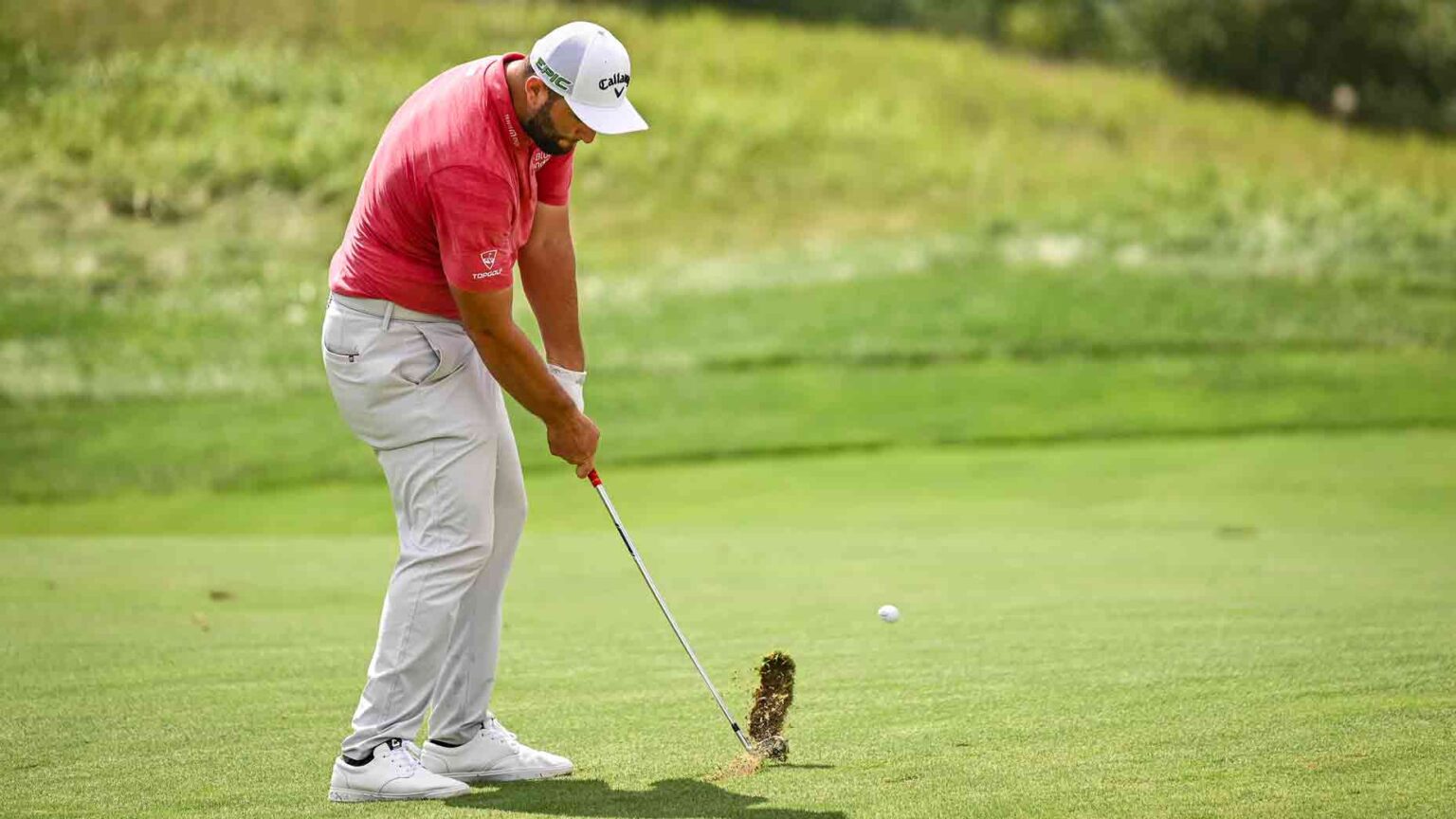Understanding Iron Bounce and Sole Width: Key Elements for Golfers
Golf enthusiasts often emphasize the importance of clubs such as drivers and putters, but crucial details like iron bounce and sole width frequently go unnoticed. These components significantly impact how the club interacts with the turf, thereby affecting performance on the course. Whether you’re a seasoned Tour player or a weekend warrior, understanding these elements can lead to better shot consistency and improved overall game.
The Basics: What is Iron Bounce?
At its core, bounce refers to the angle between the leading edge of the clubface and the lowest point of the sole. This angle helps the club glide over the turf instead of digging in, leading to cleaner strikes on the ball. More bounce translates into more forgiveness—ideal for players who often take deep divots, particularly in softer conditions. Conversely, less bounce enables more precision, which can be advantageous on firmer turf surfaces. Understanding this balance is crucial for optimizing your iron selection.
Soles and Their Width: A Comprehensive Look
The sole width of an iron plays a vital role in how the club interacts with the ground. Wider soles can increase forgiveness by distributing the club’s weight lower, contributing to a higher launch angle. This design is particularly helpful for novice players or those who struggle to get the ball airborne. In contrast, narrower soles can offer better players the precision needed to manipulate ball flight and spin. Therefore, knowing whether to opt for a wider or narrower sole can dramatically impact your shot performance.
Turf Interaction: Why It Matters for Everyone
For professional golfers, turf interaction is a critical factor affecting spin, trajectory, and control. For the majority of golfers, however, it’s all about consistency. A well-designed club will help maintain stability through impact, reducing mishits and boosting confidence. Understanding how your clubs interact with various types of turf can make a noticeable difference in your game.
The Role of Bounce and Sole Width in Different Conditions
Golfers should also consider how various environmental conditions affect their clubs. On softer turf, more bounce and wider soles are beneficial to avoid digging. On the other hand, a firmer surface is better suited for narrower soles with less bounce, allowing for crisp ball-first contact. Additionally, an individual’s angle of attack comes into play; steeper swings typically benefit from more bounce, while shallower swings can leverage narrower designs.
Why Bounce Matters Beyond Just Wedges
Many golfers first encounter the concept of bounce when discussing wedges, but it’s equally important for irons. While wedges are designed for short-game versatility, irons require specific bounce angles for effective full-swing performance. Even though bounce may not be as prominently featured in irons—a typical range being between 2 and 8 degrees—its influence on turf interaction cannot be understated.
Bounce in Wedges vs. Irons: Different Goals, Similar Concepts
When we talk about bounce, the goals differ between wedges and irons. Wedges greatly benefit from various bounce angles depending on the player’s style and the course conditions. Wedges are specialized tools designed for specific scenarios, whereas irons focus on full-swing dynamics. Nevertheless, both types of clubs benefit from a solid understanding of how bounce impacts performance.
Finding the Right Fit for Your Game
For optimal performance, golfers should choose equipment based on their swing dynamics rather than preconceived notions about what they should be using. There’s no universal "one-size-fits-all" solution. Fitting sessions, ideally on grass rather than mats, can help identify whether wider soles or more bounce might boost your performance.
The Need for Custom Fittings
A personalized fitting session can reveal the best club characteristics for your specific style. For better players, this could mean selecting a robust, low-bounce iron that promotes a clean strike. For average golfers, a game-improvement iron with more bounce and forgivability might be the answer. Ultimately, it’s about aligning club design with individual swing dynamics.
Golf Equipment Trends and Innovations
The golf equipment industry is ever-evolving, focusing on how to improve turf interaction through thoughtful design. Recent innovations in iron technology have led to customized options that can help both advanced and beginner players find the right fit for their game. The emphasis on bounce and sole width has become crucial, allowing for a range of choices that align with different swings and playing conditions.
Conclusion: The Importance of Bounce and Sole Width in Golf
In summary, bounce and sole width are essential factors that significantly influence performance on the golf course. Whether you’re searching for a new set of irons or simply trying to understand your current equipment, pay close attention to these aspects. They can be the difference between a mediocre shot and a satisfying, accurate strike. As you consider your next equipment purchase, remember that what’s on the bottom of your club can be just as important as what’s on top.
By focusing on these elements, golfers can improve their game and enhance their enjoyment of the sport. Don’t hesitate to consult with a fitting professional to discover what truly works for your playing style. Embrace the journey of finding your optimal setup and keep swinging!
